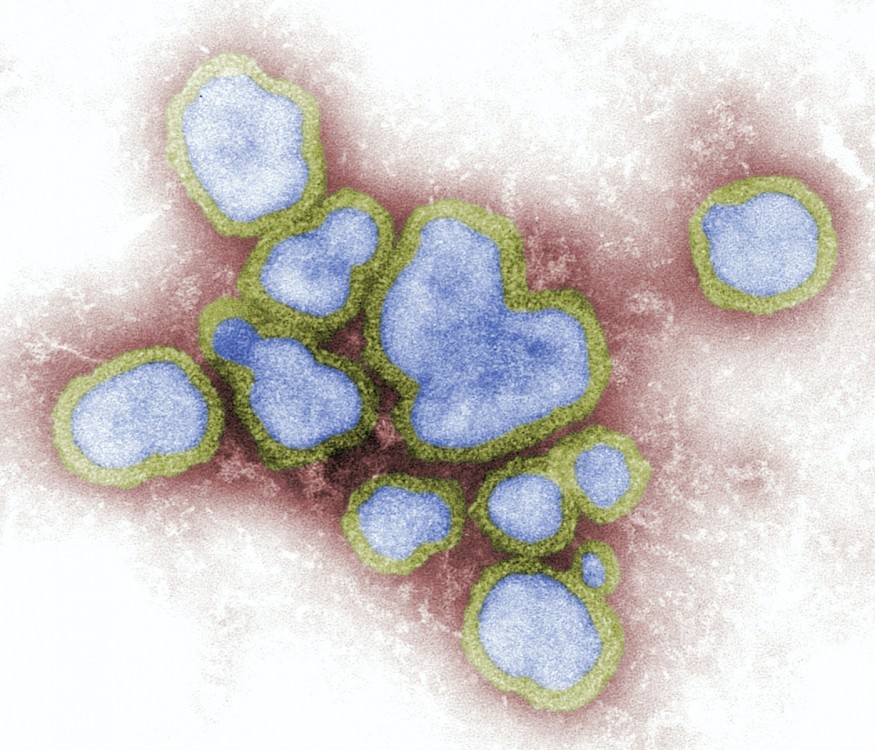Researchers from UT Southwestern Medical Center identified the new role of the protein called TAO2 as an inhibitor of the influenza virus to prevent it from replicating. The flu sickens millions of people worldwide every year and causes death among hundreds of thousands.
Professor Beatriz Fontoura, Ph.D., the lead author of the study whose lab investigates the relationship between RNA viruses with their hosts, said that the findings of their study uncover new strategies for interfering with influenza virus replication that will open opportunities to develop new antivirals against the flu virus.

How Influenza Virus Replicates
Influenza viruses replicate inside the host cell's nucleus, which is unique in RNA viruses, giving them the advantage of access to the machinery of replication, according to an article in Frontiers in Immunology.
However, this process also requires intracellular trafficking for viral components to establish infection a little more complex. These additional trafficking requirements become more challenging with the segmentation of the influenza genome as each viral RNA gene segment should navigate the network of cellular membrane barriers during entry and assembly.
So, influenza A viruses use a combination of viral and cellular mechanisms to accomplish this as it allows for the coordination of proteins and eight viral RNA gene segments in and out of the cell.
Influenza A virus belongs to the Orthomyxoviridae family and is an enveloped virus that has a genome of negative-sense, single-stranded, segmented RNA, according to a 2009 paper.
Their life cycle could be divided into four stages, namely the entry into the host cell, entry of viral ribonucleoprotein (vRNPs) into the nucleus, transcription, and replication of the viral genome, export of the vRNPs, and assembly and budding at the host cell. Scientists just found a way to inhibit the third stage and prevent further infection from the flu virus.
TAO2 Protein Regulate Assembly and Function of Nuclear Speckle
Phys.org reported that the influenza virus takes over parts of its host cell known as nuclear speckles. They are organelles that can be found in the interchromatin nuclear space and are one of the most studied nuclear domains. Nuclear speckles also provide the virus an environment to express its genes.
But a collaboration between Dr. Fontoura and her colleagues, who are experts in cell biology, molecular biology, and pharmacology, has successfully identified a new role for the TAO2 kinase, which is a protein that plays a key role in transferring phosphate groups to other proteins.
The team found that TAO2 protein also has a critical part to play in regulating nuclear speckle assembly and function. Dr. Fontoura said that TAO2 is essential in maintaining the physical integrity and function of nuclear speckles, which could be adversely affected when the influenza virus starts to replicate in these compartments.
The findings reveal that down-regulating TAO2 levels or its kinase activity could inhibit the influenza virus from replicating without causing toxic effects to the host cell.
They discussed the full results in the study titled "Nuclear Speckle Integrity and Function Require TAO2 Kinase," published in the Proceedings of the National Academy of Sciences (PNAS).
Read also: Seasonal Allergies and COVID-19 Infection Difference: How and When to Avoid Both Conditions
Check out more news and information on Medicine & Health in Science Times.












